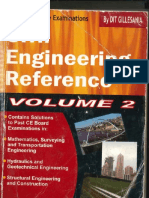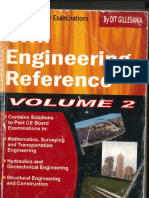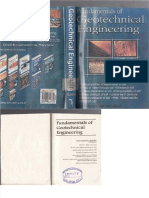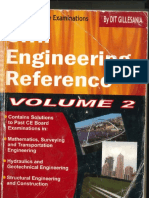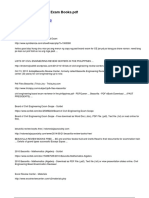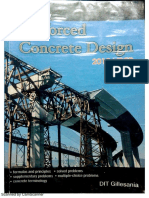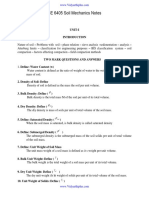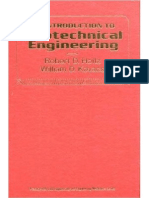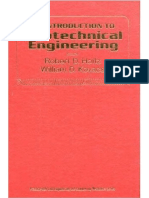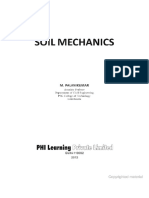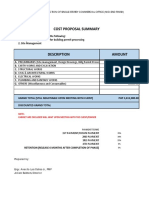100% found this document useful (10 votes)
8K views228 pagesFundamental of Geotechnical Engineering
Civil Engineer Reviewer
Uploaded by
Tullao Mark CarloCopyright
© © All Rights Reserved
We take content rights seriously. If you suspect this is your content, claim it here.
Available Formats
Download as PDF or read online on Scribd
100% found this document useful (10 votes)
8K views228 pagesFundamental of Geotechnical Engineering
Civil Engineer Reviewer
Uploaded by
Tullao Mark CarloCopyright
© © All Rights Reserved
We take content rights seriously. If you suspect this is your content, claim it here.
Available Formats
Download as PDF or read online on Scribd
/ 228




